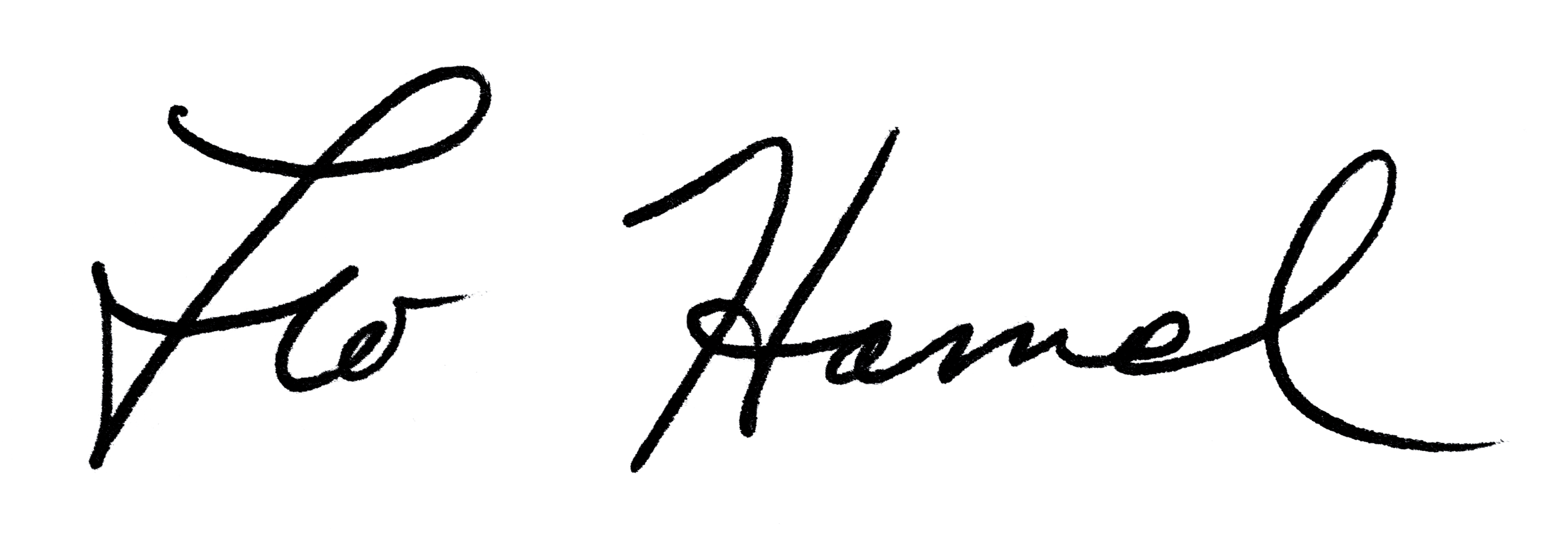
Leo Hamel Fine Jewelers Policy Letter
Asking for the Next Buy
A major source for our estate wholesale business is buying from repeat customers. To maximize this repeat business, we should always ask a customer if they have more items to sell, and encourage them to come in at a specific time to show us any items that they mention. Many of our customers don’t know what other kinds of things we buy so it’s up to you to inform them.
The procedure is simple:
Once you have finished up a buy deal with a customer, you should always ask them, “When can I see the rest of your stuff?” You can substitute “stuff” with valuables, items, antiques, etc., for that particular customer. The important part is to just ask. The worst that can happen is that they say they have nothing else to show you. More than likely, they will be thankful that you asked.
Setting a specific time to meet raises the reality of the deal for the customer. If the customer says, “Oh, I’m free Thursday afternoon, I’ll see you then,” then it becomes a definite appointment in the customer’s mind, instead of just an abstract idea like “Oh, I’ll bring it by sometime.” “Sometime” may never happen, or the customer may stop to see a competitor down the road instead.
You are welcome to set up a specific appointment to see the jewelry, if that helps to ensure that the customer actually comes in. If the customer doesn’t show up, then you have a nice excuse to call to ask why and to set a new appointment.
Finding out what else the customer has:
It would be optimum to already know what else the customer has for sale before asking, “When can I see the rest of your stuff?” but it is not necessary. You can just assume that they have more things to sell, since we now know through our statistics that over 50% of our buy customers come back and sell again. But it is great practice to just talk to customers about what kinds of things we buy, in case they haven’t grasped our full range of services. Even if they volunteer information about another item, it’s still a good idea to tell them about everything that we buy. It’s common for customers to have only a partial understanding of what we can purchase or to not be aware of which of their items are the most valuable to sell. Just having a conversation can open up the door to huge possibilities.
Tips from experienced buyers
Here are some tips given by experienced buyers about how to ask what else a customer has to sell:
Mark
I just ask them. I start by telling them a story about an interesting buy I have made. I often share the story about the trophies I bought here in RB, or the dolls I bought in CV. This gets their wheels turning – especially with seniors. “We buy a lot of different things people may not be aware of” and give them a short laundry list of the more obscure items. Then ask, “Do you have anything like that?” I try to ask every customer for a referral and make sure they leave with at least a couple business cards. I am starting to see more referrals.
Kelsey
The first thing I ask is if they have ever sold before and then I just start talking up the market. “It’s such a good time to sell, gold is still high, blah, blah.” From there it is usually just a natural conversation about what we buy, and asking them if they have stuff to sell. People forget that we buy scrap, broken stuff, single earrings, gold teeth… it seems like everyone has a gold tooth lying around that they have inherited, hahaha. At that point, they just start asking questions usually, “Do you buy this, do you buy that?” and it’s just a natural progression. If it is someone with an estate that they are clearing out and are starting with jewelry, I ask if they have a flatware set or anything we’d normally see in an estate sale and remind them that we buy that stuff too.
Geoff
Solana is its own special animal in the sense that people here really like to talk about themselves. So much just comes up in general conversation so it makes it easy to know what they have already. I usually talk about items that I’ve seen during the day or bought in general. For instance, I keep a stack of Tiffany boxes behind me and a couple of Rolex boxes so I can use them as a little extra push, so that people can see that if other people are selling so much Tiffany, why shouldn’t they?
Anit
I like to build relationships with people so I’ll say, “Please feel free to stop by or call me whenever you need any advice on something you have and aren’t sure about” and they might say, “Oh, yes I have this…” Then I ask, “So Jane, when do you think you have time to swing by and show me that piece? You are making me very curious and I am excited to see it!”
A good way to check if you are following this policy correctly is to ask yourself, “How many buys have I had this week from asking what else a customer has, and ‘when can I see it?'” It should be easy to name a few buys (at least) if you have these conversations regularly. The bottom line is these conversations are easy to have and will create more buys. The most important thing is to remember to have these conversations and to just ask the simple question about when you can see the customer again.
